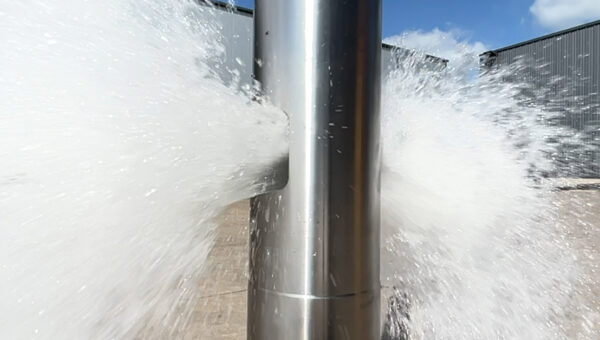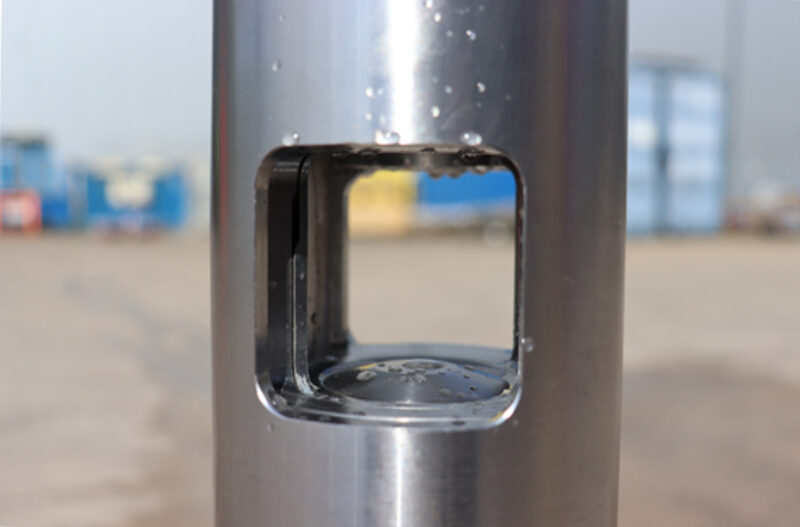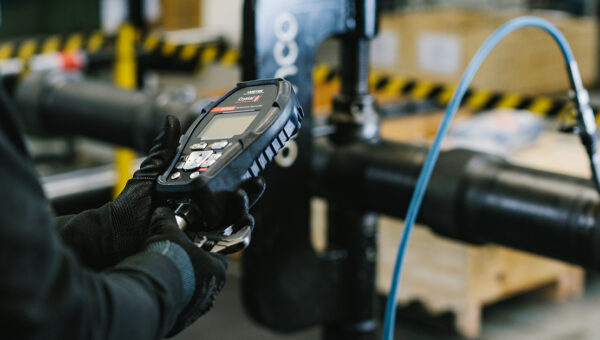THE CHALLENGE
A major operator in the Netherlands required a solution to remotely equalise across their installed well barriers, eliminating the need to recover the barriers conventionally using slickline, and thereby reducing the number of intervention runs carried out during a three well Plug and Abandonment (P&A) campaign. The equalising device was required to provide sufficient pump-through capabilities and allow for up to three well barriers to be installed in each well, with the ability to remotely activate each device independently.
THE SOLUTION
The Oilenco Pressure Wave Valve (PWV) provided the operator with a device that can be run below any well barrier such as a Lock Mandrel, Bridge Plug or Packer, and is remotely opened by applying a pre-determined number of pressure cycles from surface.
The pressure cycles are configured so that the upper pressure value is kept below the test pressure of any well barrier or surface equipment. This eliminates the associated risk of going above BOP test pressures when opening standard Pump Open type devices in similar operations.
The PWV is a fully mechanical tool that does not rely on batteries or electronics to open the valve. This allows it to remain installed in the well for an unlimited duration before activation, providing operators with the flexibility to carry out pre-P&A operations and install well barriers often several years in advance of recovering their completions.
Once opened, the PWV removes the need to rig up slickline to recover the well barriers, allowing the completion to be recovered with the barriers still in place. Its large through bore ensures fluid can pass freely through the valve when the completion is recovered and provides sufficient pump through capabilities.
To comply with local legislation and mitigate the risk of safety valve control line integrity failure, the operator requested to have the ability to install up to three PWVs in each of the three wells if required. Oilenco, in collaboration with the preferred well barrier provider, supplied PWVs and the necessary crossovers to integrate the valve with both retrievable bridge plug and tubing hanger plugs.
During the planning phase, Oilenco proposed configuring each PWV with six pressure cycles to open, with a lower cycle value of 1,000 psi and an upper cycle value of 3,000 psi. This ensured PWVs opening pressure remained below both the well barrier and BOP test pressure of 5,000 psi. The Oilenco onshore team conducted pre-job planning calculations to confirm that the pressure cycles and volumes between each barrier would provide a positive pressure verification upon valve activation.
VALUE CREATED
In each of the three wells, two barriers with PWVs were installed below the safety valve and within the tubing hanger. The successful testing of each of these barriers allowed the operator to remove the Subsea Tree, then install and test the BOPs to 5,000psi. With the BOPs installed, each PWV was independently functioned and verified open, eliminating all associated slickline rig-up time and allowing the completions to be recovered without any slickline interventions. Across the three well campaign, this saved the operator an estimated 72 hours of rig time while reducing the carbon footprint by 162 Tons of CO₂, maximising efficiencies and contributing towards net zero.
If you would like more information about the pressure wave valve and the various sizes and configurations available, or the Oilenco remote opening plug system, call +44 (0)1224 548700 or email info@oilenco.com.


